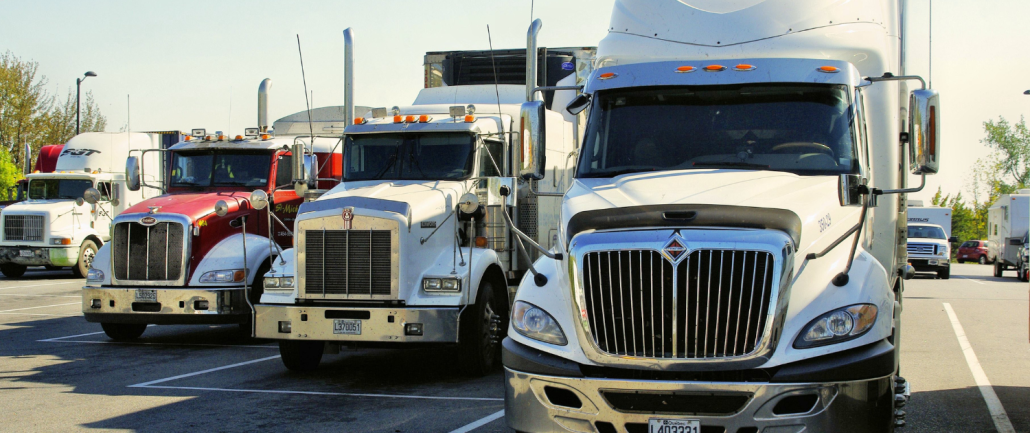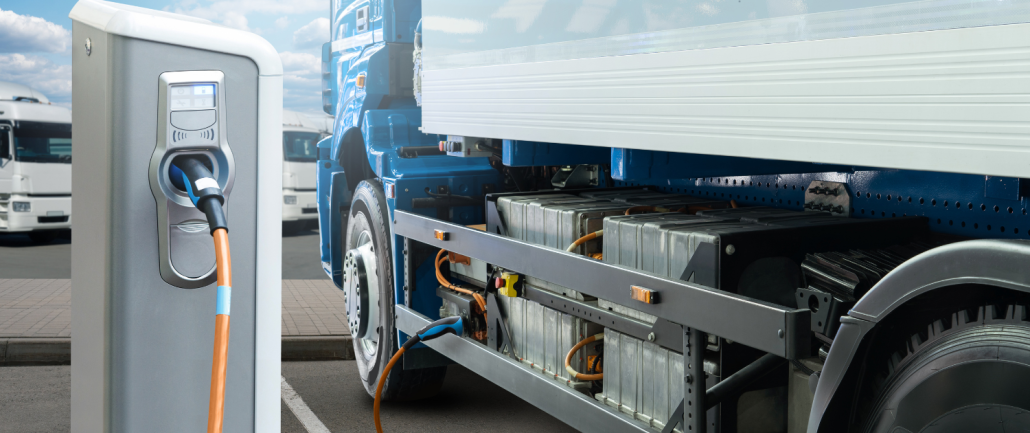
The trucking industry has faced its fair share of challenges in recent years – global supply chain disruptions, an enduring driver shortage, the ongoing freight recession, and widespread economic volatility. As freight markets declined and margins came under pressure, many companies were forced to restructure. Their talent acquisition and recruitment teams bore the brunt, downsized through layoffs, underfunded, or in some cases, abandoned completely.
However, one fundamental truth persists: the need for skilled, reliable drivers remains constant, regardless of fluctuations in freight demand. Even when freight volumes dip, companies must maintain operations and have drivers ready to meet customer needs. Furthermore, the truck driver workforce is aging, necessitating replacements for those nearing retirement. High turnover rates also demand continuous hiring to backfill vacant positions. Trucking companies simply cannot afford to hit pause on driver recruitment and retention efforts, even amid market downturns.
While rebuilding internal recruitment and talent acquisition requires significant investment, flexible, outsourced hiring solutions offer an alternative path to maintain a robust talent pipeline. This proactive approach ensures organizations are poised to swiftly meet their hiring needs when demand inevitably rebounds, without missing a beat.
The American Trucking Associations (ATA) projected a staggering driver shortage of over 82,000 for 2024, a sharp increase from the previous year’s estimate of 60,000. This widening gap is fueled by the industry’s struggle to recruit and retain drivers from newer generations, coupled with the impending retirement of a significant portion of the current workforce, whose average age hovers around 47.
Pausing recruitment efforts during market downturns leaves companies in an unfortunate position when market conditions or turnover requires a quick shift. The costs of rushed hiring, compromised candidate quality, and the inherent inefficiencies of rebuilding internal recruitment teams can outweigh any perceived short-term savings. Instead, a prudent long-term strategy is to find a way to nurture relationships with prospective drivers continuously.
The Scalability of Outsourced Recruitment
Many companies and HR leaders may be expecting AI to fill talent acquisition roles in the future, with the hope that automation will drive efficiency and productivity when they need to begin hiring again. However, while certain aspects of the recruitment process can be automated, key elements of the candidate experience still require human interaction and personalization – something that AI is not yet capable of replicating effectively.
Moreover, the technology to fully automate recruiting is still in its very early stages. Relying solely on AI to fill the void left by downsized recruitment teams is a risky proposition that could leave companies struggling to attract and hire top talent.
In the near term, strategic recruiting partners offer an effective and affordable solution for companies seeking to maintain their hiring capabilities without the overhead of full-time in-house teams. By partnering with external experts, organizations gain the scalability to align their resources with dynamic market conditions. External recruitment partners offer the flexibility to ramp up or down based on hiring needs, allowing companies to seamlessly scale their recruitment efforts as demand fluctuates.
Forward-thinking providers in the driver recruitment space have already begun to adapt their strategies to meet the evolving needs of both drivers and carriers. Companies should be looking for partners who leverage targeted job distribution, provide exclusive access to engaged driver communities and real-time matching technology to facilitate a tailored candidate experience that balances the need for automation with the human touch that drivers crave.
As companies navigate the uncertain road ahead, partnering with experienced providers offers a cost-effective way to maintain hiring momentum and build a robust talent pipeline. The key lies in finding a partner that understands the unique challenges of the trucking industry and has the agility to adapt to changing market dynamics while keeping the driver experience at the forefront.
The Value of Driver-Centric Recruitment
In today’s competitive job market, drivers demand personalized experiences and meaningful connections throughout the recruitment process. Recognizing this shift, providers like Drive My Way prioritize driver-centric strategies that resonate with candidates on a deeper level. By leveraging an outside recruitment partner, companies can tap into a range of benefits that enhance the driver experience and improve overall hiring outcomes, such as:
Real-time feedback insights: Drive My Way is uniquely positioned to provide carriers with real-time feedback from those highly sought after passive candidates who meet the minimum job requirements, but decline the invitation to pursue the job, providing valuable insights into the reasons behind their decision. This feedback – from your jobs as well as others – can help identify areas for improvement in job descriptions, compensation packages, or other factors that may be deterring potential candidates.
Enhanced job matching: By leveraging driver preference data, Drive My Way facilitates better job matching, ensuring that drivers are presented with opportunities that align with their skills, experience, and personal preferences. This increases the likelihood of a successful hire and long-term retention.
Personalized driver engagement: Drive My Way uses driver preference data to tailor communication and job opportunities to individual drivers’ needs and desires. This personalized approach demonstrates a commitment to understanding and meeting the unique requirements of each driver.
Optimized compensation and benefits: Insights gathered from driver preferences can inform refinements to compensation packages and benefits offerings. By understanding what drivers value most, Drive My Way helps companies optimize their compensation strategies to remain competitive in the market.
Strengthened driver relationships: Open communication channels facilitated by strategic partners like Drive My Way can foster stronger relationships between drivers and potential employers. Maintaining ongoing communication and gathering feedback throughout the recruitment process helps build trust and demonstrates a commitment to driver satisfaction.
Enhanced brand visibility: Drive My Way offers expertise in cultivating brand awareness, helping companies effectively communicate their unique value proposition to potential drivers. This can help companies stand out in a crowded market and attract the attention of top talent.
Compelling employer value proposition: A well-crafted employer value proposition (EVP) is essential for attracting and retaining top driver talent. Drive My Way helps companies develop EVPs that showcase their vision, mission, values, and culture, resonating with drivers who seek alignment with their personal goals and lifestyles.
The trucking industry’s relentless cycles underscore the importance of maintaining consistent driver recruitment and retention efforts, especially during market fluctuations. By capitalizing on Drive My Way’s growing community of more than 160,000 engaged drivers alongside their specialized recruiting expertise, companies gain the flexibility and scalability while prioritizing driver-focused strategies.
This proactive approach nurtures relationships, ensuring a robust talent pipeline is ready when the tides inevitably turn.
If you’re ready to explore how Drive My Way’s personalized driver recruiting solutions can help you navigate market fluctuations with confidence, bring your open jobs to a live demo session, and watch as we uncover the perfect matches for your company.











